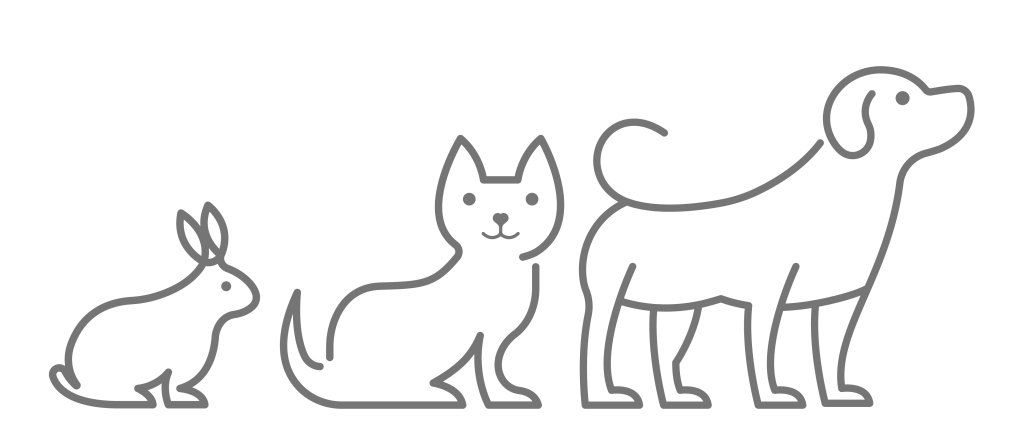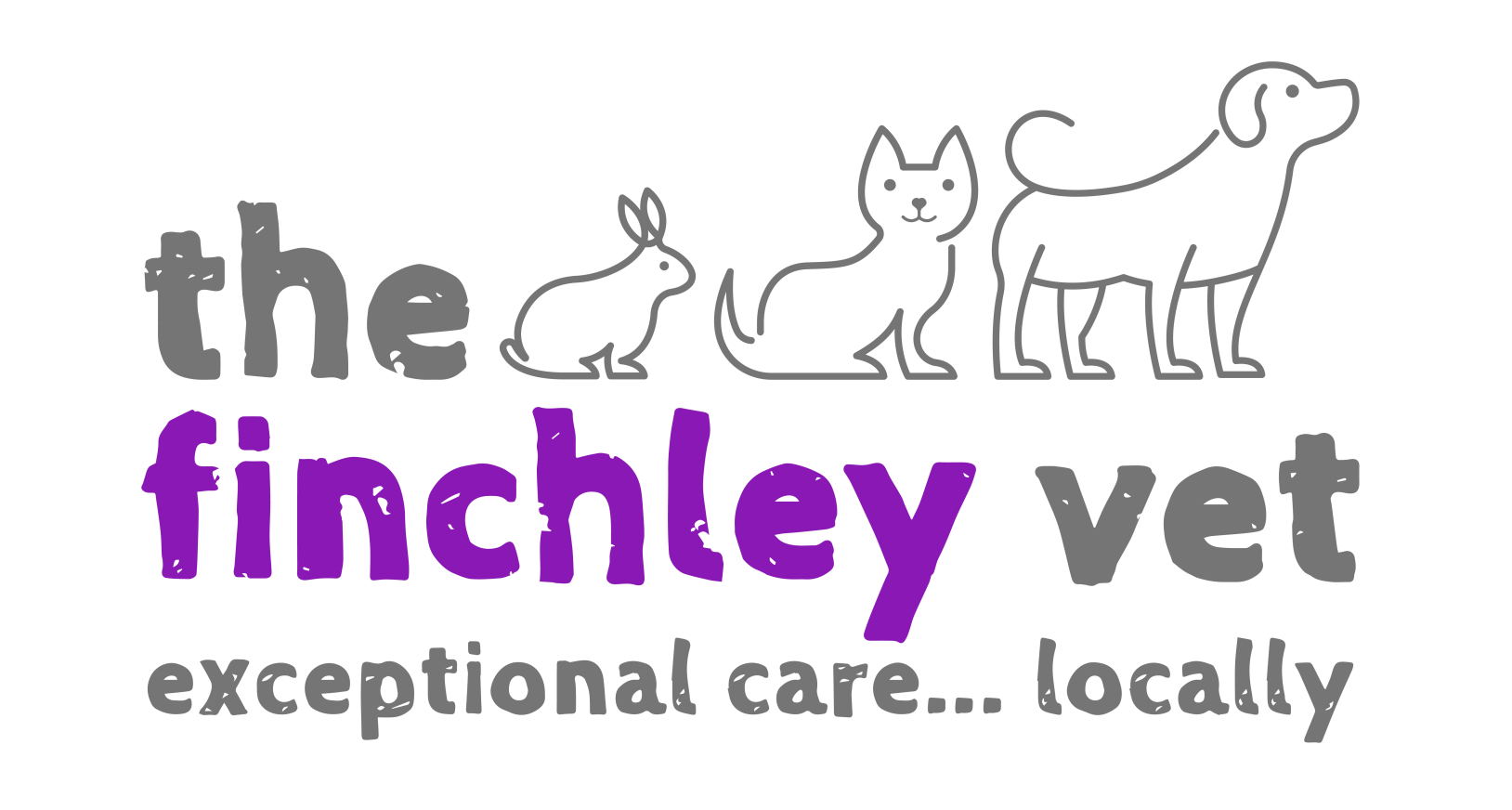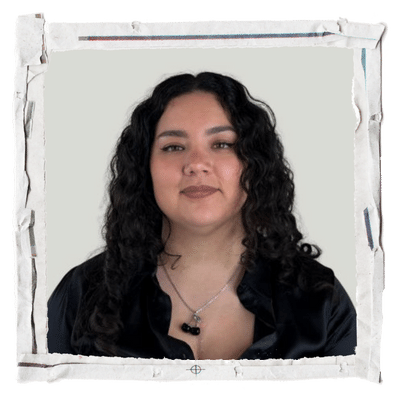welcome to
the finchley vet
Providing exceptional care for small animal companions in Finchley, London!
"An outstanding vet" in Finchley
We can’t ever love your pet as much as you do—although, with our amazing patients,
it’s pretty close! I’ve put together a team of like minded professionals in a well equipped practice who love pets, love what we do, and want to do the best for our clients and patients. Your investment in our experienced team and advanced equipment means that you will reap the rewards of the best veterinary care available in London.

Dr Oli Robinson
(Veterinary Surgeon)


Our veterinary services in Finchley, London
Whether it’s dental treatment to ensure a pain-free mouth, major surgeries to fix broken legs, or simply annual vaccinations and regular treatments to keep them healthy and happy, we offer a wide range of services for your pet. We’ll make the best recommendations for your pet, and while that might not always mean the cheapest option, we aim to always provide the best advice for your pet’s specific needs. If you’re looking for the most quality care and recommendations, we want to be the vet for you!
Meet our veterinary team
Beyond our clinic walls, we invest in and integrate with our local community, enriching lives and fostering a network of passionate animal lovers. At The Finchley Vet, supporting our community is not just a commitment, it’s our passion.

Thank you for your kind words!
We recently had to say goodbye to our 15-year-old fur baby. We couldn’t have asked for a better service. Ollie came out to our house for us and made us feel at peace, saying goodbye to our beloved dog. It was such a peaceful passing that we will be forever grateful to Finchley Vet. Thank you!
The best vet in London. My cat had an accident that resulted in a broken tooth, and he and his team immediately knew that, apart from this, she had a serious condition. The vet is so friendly, lovely, warm, and truly loves pets. My cat’s major operation resulted in teeth removal and was exceptionally well executed, and my cat recovered well and had no aftermath.








